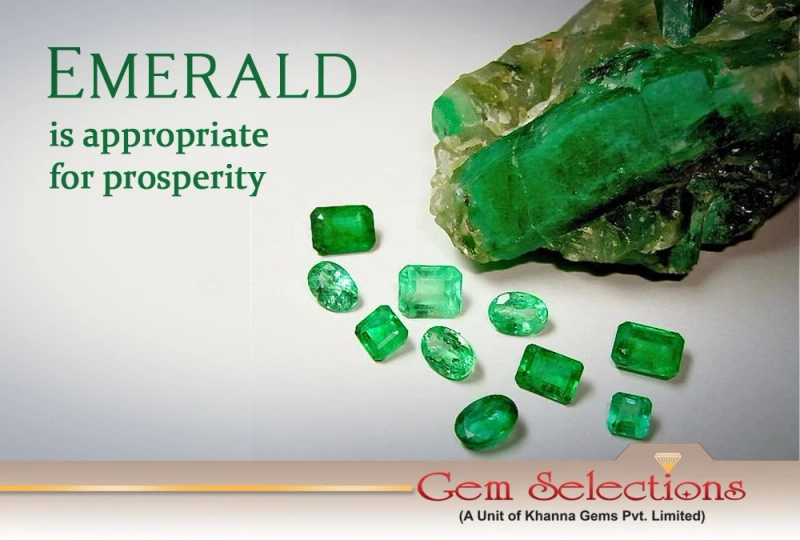Gemstones offer more than just aesthetics. It is crucial to invest in high-quality gemstones for optimum benefits, especially since they involve a reasonable price tag and no one goes on a shopping spree for gems. The long term commitment requires the right choice or may leave one dissatisfied with a burnt hole in the pocket.
[caption class="snax-figure" align="aligncenter" width="1140"][/caption]
Emerald is one of the most attractive and valuable gemstones, and many people desire to own one in their jewellery collections. However, many of those are fake or a close second - synthetic.
Natural, Fake or Synthetic
Natural Emerald
Natural emeralds has more inclusions than other coloured stones. Natural ones are found in places like Colombia and Brazil, and they have the rich green colour that is anticipated.
Synthetic/Lab-created Emerald
Synthetic ones are fabricated in a lab. They have a similar look, though colour and saturation variations can be seen with the naked eye.
Fake Emerald
A fake gemstone is any stone with a chemical structure that differs from that of a genuine one. Fakes can be produced from a range of synthetic and natural materials. Natural gemstones such as peridot and garnet are sometimes sold as emeralds.
Distinguishing Natural from Fake
When trying to differentiate a natural Emerald from a fake, there are specific parameters to evaluate.
Colour
The hue of this natural gemstone is the first and most crucial factor to consider. Because green is a minimal range, a slightly yellowish-green to blue-green hue is visible. The three values of the gem material's hue, tone, and saturation must be perfect for showing off the best possible colour. Inconsistencies in these values can cause us to see the colour differently than it is.
Clarity
Gem labs and dealers frequently use inclusions to identify this natural gemstone.
This is a Type III gemstone, which means that inclusions are virtually always visible. The rare emerald that doesn't reveal any inclusions cost twice or three times as much as those of similar hue and weight.
Cut
The cut of an emerald is crucial. Classic one's symmetry and cutting provide for maximum reflection and refraction. It's not a case of one shape being more valuable than the other. The most frequent shape is rectangular. This gemstone is available in various shapes and sizes, including round, oval, pear, teardrop, and cabochon. Genuine ones are tough stones. If it has any cracks, it is most likely not authentic.
Transparency
A high-quality original emerald stone has a high degree of transparency. It is a result of the inherent impurities that form in it. The light that is emitted when light passes through natural ones gives off a vivid green glow.
Spotting a Fake
Knowing how to spot a fake is as vital as the characteristics of a natural one. Fake ones have unwanted undertones, and the green or another stone like olivine or green garnet. When illuminated, real ones do not produce or have little powerful, colourful flashes (commonly known as fire). On the other hand, some fakes dazzle in every colour of the rainbow, indicating that the stone isn't genuine.
Conclusion
Before buying a gemstone, it is beneficial to invest some time and effort in evaluating its authenticity and worth to reap maximum benefits and satisfaction.


